Introduction to Morel Mushroom Farming
Morel mushrooms (Morchella species) are among the most prized edible fungi in the culinary world, commanding premium prices in markets worldwide. Their distinctive honeycomb-patterned caps, rich earthy flavor, and short natural growing season have made them highly sought after by chefs and food enthusiasts alike. While traditionally harvested from the wild, advances in cultivation techniques have made commercial morel mushroom farming increasingly viable, though still challenging.
Starting a morel mushroom farm represents both an exciting opportunity and a significant challenge for agricultural entrepreneurs. Unlike more commonly cultivated mushrooms such as button or oyster varieties, morels have complex life cycles and specific growing requirements that have historically made them difficult to cultivate reliably at commercial scale. However, recent breakthroughs, particularly from China and research facilities in Europe and North America, have begun to change this landscape.
This comprehensive guide explores the world of commercial morel mushroom farming, examining cultivation methods, facility requirements, economic considerations, and market opportunities for those interested in this specialized agricultural venture.

Historical Context of Morel Cultivation
Early Cultivation Attempts
The journey toward commercial morel cultivation has been long and filled with challenges:
- First breakthrough: The first documented successful indoor cultivation occurred in 1982 by Ronald D. Ower at San Francisco State University
- Patent developments: Early cultivation methods were patented by Ower, Gary Mills, and James Malachowski
- Commercial attempts: Various companies attempted commercial production with limited success in the 1990s and early 2000s
- Inconsistent results: Many early methods produced unpredictable yields
- Technical challenges: Control of the complete life cycle proved difficult
These early efforts laid important groundwork but didn't achieve consistent commercial viability.
Modern Cultivation Breakthroughs
Recent years have seen significant advances in morel cultivation technology:
- Chinese commercial success: Beginning in 2012, China achieved breakthrough commercial cultivation success
- Rapid expansion: Chinese cultivation area grew from 200 hectares in 2012 to over 16,000 hectares by 2022
- Danish innovations: The Danish Morel Project developed indoor cultivation systems for year-round production
- Yield improvements: Modern methods have achieved yields of up to 15,000 kg/ha in China
- Technology transfer: Cultivation knowledge has begun spreading globally
These developments have transformed morel cultivation from an experimental pursuit to a viable, if still challenging, commercial enterprise.
Commercial Cultivation Methods
Chinese Outdoor Cultivation System
The most widely implemented commercial approach originated in China:
- Nutrient bag system: Uses exogenous nutrient bags placed in prepared soil
- Field preparation: Carefully prepared growing beds with specific soil composition
- Seasonal approach: Typically planted in fall for spring harvest
- Climate requirements: Needs specific temperature and humidity patterns
- Protected environment: Often uses simple shade structures or more sophisticated greenhouses
This method has been adopted across many Chinese provinces with varying levels of success.
Indoor Climate-Controlled Systems
Advanced systems for year-round production:
- Danish pallet system: Mobile cultivation pallets with controlled environment
- Climate chambers: Precisely regulated temperature, humidity, light, and CO2 levels
- Artificial soil mix: Specially formulated growing media with grass components
- Higher investment: Requires more sophisticated equipment and facilities
- Year-round production: Capable of producing regardless of outside conditions
These systems, while more capital-intensive, offer the potential for consistent year-round yields.
Sclerotia-Based Cultivation
Understanding the morel life cycle has led to cultivation methods focused on sclerotia:
- Sclerotia formation: Cultivation of nutrient-storing fungal structures called sclerotia
- Two-phase system: First growing sclerotia, then inducing fruiting
- Substrate optimization: Using specific grain and soil combinations
- Environmental triggers: Applying specific environmental cues to induce fruiting
- Indoor approach: Typically conducted in controlled environments
This method aligns with the natural life cycle of morels and has shown success in research settings.
Setting Up a Morel Mushroom Farm
Site Selection and Preparation
Choosing the right location is critical for outdoor or greenhouse cultivation:
- Climate considerations: Regions with appropriate natural temperature patterns
- Water availability: Reliable clean water source for irrigation
- Soil quality: Well-draining soil with good organic content
- Shade management: Ability to provide appropriate light filtration
- Infrastructure access: Roads, electricity, and other necessary services
The site should allow for management of the specific environmental conditions morels require.

Facility Design Options
Different approaches to facility design based on scale and method:
- Simple shade structures: Basic protection using shade cloth and support structures
- Advanced greenhouses: Climate-controlled structures with irrigation systems
- Indoor growing rooms: Fully controlled environments for year-round production
- Laboratory space: Clean areas for spawn production and culture maintenance
- Processing areas: Space for cleaning, drying, and packaging harvested morels
Facility complexity should match your chosen cultivation method and budget.
Equipment and Materials
Essential supplies for morel cultivation:
- Spawn production: Laminar flow hood, pressure cooker, and sterile supplies
- Substrate preparation: Mixers, pasteurization equipment, and containers
- Environmental monitoring: Temperature, humidity, and CO2 sensors
- Irrigation systems: Misting, sprinkler, or drip irrigation setups
- Harvest tools: Knives, collection baskets, and cleaning equipment
Quality equipment helps ensure proper growing conditions and efficient operations.
The Cultivation Process
Spawn Production and Substrate Preparation
Starting the cultivation cycle with quality spawn:
- Culture acquisition: Obtaining quality morel cultures from reputable suppliers
- Laboratory propagation: Maintaining and expanding cultures on agar media
- Grain spawn production: Growing mycelium on sterilized grain
- Substrate formulation: Preparing nutritionally appropriate growing media
- Sterilization protocols: Ensuring substrates are free from contaminants
Quality spawn production is foundational to successful cultivation.
Inoculation and Colonization
Establishing the morel mycelium in growing substrates:
- Nutrient bag preparation: Creating bags with appropriate nutritional components
- Spawn introduction: Adding spawn to substrates at proper rates
- Colonization conditions: Maintaining appropriate temperature and humidity
- Monitoring progress: Checking for complete colonization and sclerotia formation
- Contamination management: Identifying and addressing any issues promptly
This phase builds the vegetative foundation necessary for fruiting.
Fruiting Induction and Management
Triggering and supporting mushroom development:
- Environmental shifts: Changing temperature, moisture, and light conditions to induce fruiting
- Irrigation management: Providing appropriate moisture levels
- Light exposure: Managing daylight hours and intensity
- Ventilation control: Ensuring proper air exchange
- Growth monitoring: Tracking development from primordia to mature mushrooms
Proper management during this phase is critical for maximizing yields.
Harvesting and Post-Harvest Handling
Collecting and processing the crop:
- Timing determination: Identifying the optimal harvest point
- Careful collection: Properly cutting mushrooms to avoid damage
- Field sorting: Initial grading and cleaning
- Cooling protocols: Rapidly reducing temperature to preserve freshness
- Processing options: Fresh packing, drying, or other preservation methods
Proper harvest and post-harvest handling preserves the value of your crop.
Economics of Morel Mushroom Farming
Investment Requirements
Understanding the capital needed to establish a morel farm:
- Land costs: Property purchase or lease expenses
- Infrastructure investment: Buildings, greenhouses, and utilities
- Equipment expenses: Production, monitoring, and processing equipment
- Operating capital: Funds for inputs, labor, and operations before revenue
- Research and development: Budget for testing and improving techniques
Start-up costs vary widely depending on scale and approach but are typically substantial.
Production Costs and Revenue Potential
Analyzing the ongoing economics of morel production:
- Input costs: Spawn, substrates, utilities, and supplies
- Labor expenses: Staff for maintenance, harvesting, and processing
- Yield variations: Expected production levels and variability
- Market pricing: Wholesale and retail price points for morels
- Return potential: Possible revenue compared to expenses
A recent study in the North Central US region calculated that morel farms need to produce about 0.16 pounds per foot of row (approximately 580 pounds per quarter acre) to break even.
Economic Challenges and Considerations
Important factors affecting financial success:
- Yield instability: Fluctuating production levels between seasons
- Price variations: Market price changes based on supply and wild harvests
- Scale considerations: Minimum viable size for profitability
- Learning curve costs: Initial lower yields during skill development
- Risk management: Strategies for handling crop failures
Understanding and planning for these challenges is essential for long-term viability.

Marketing and Sales Strategies
Market Analysis and Opportunities
Understanding potential customers for farmed morels:
- Restaurant market: Fine dining establishments seeking reliable supply
- Specialty grocers: High-end retail stores catering to culinary enthusiasts
- Farmers markets: Direct-to-consumer sales at premium prices
- Food manufacturers: Companies creating value-added products
- Export potential: International markets with high morel demand
Different markets offer varying price points and volume requirements.
Product Positioning and Differentiation
Strategies to distinguish your farm's morels:
- Certified organic production: Meeting organic standards for premium positioning
- Local emphasis: Highlighting freshness and local production benefits
- Consistency advantage: Promoting reliable availability versus wild harvests
- Quality grading: Implementing strict quality standards and grading
- Storytelling: Developing compelling farm narrative and brand identity
Effective positioning can support premium pricing and customer loyalty.
Distribution and Sales Channels
Options for getting your morels to market:
- Direct restaurant sales: Building relationships with chefs and food service
- Wholesale distribution: Working with specialty food distributors
- Online direct sales: E-commerce platform for dried or fresh morels
- Farmers market presence: Face-to-face sales to consumers
- Value-added products: Developing shelf-stable morel products
A diversified approach to sales channels can reduce risk and maximize returns.
Challenges and Success Factors
Technical Challenges
Key difficulties in morel cultivation:
- Biological complexity: Understanding and managing the morel life cycle
- Contamination issues: Preventing competing fungi and bacteria
- Environmental control: Maintaining precise growing conditions
- Yield inconsistency: Managing unpredictable production patterns
- Cultivation knowledge: Limited publicly available technical information
Successful growers must overcome these technical hurdles through experimentation and learning.
Success Factors
Elements that contribute to successful morel farms:
- Technical expertise: Strong background in mycology and mushroom cultivation
- Patience and persistence: Willingness to learn through multiple growing cycles
- Adequate capitalization: Sufficient funding to weather learning curve and setbacks
- Controlled expansion: Starting small and growing based on proven success
- Ongoing adaptation: Continuously improving methods based on results
These factors distinguish successful operations from those that struggle.
Risk Management Strategies
Approaches to mitigating the inherent risks:
- Diversification: Growing other mushroom varieties or crops alongside morels
- Scale appropriate investment: Matching investment to experience level
- Conservative projections: Planning based on modest yield estimates
- Knowledge sharing: Participating in grower networks and research
- Value addition: Developing processing capabilities to handle variable harvests
Effective risk management is essential for long-term sustainability.
Case Studies: Successful Morel Farm Operations
Chinese Commercial Production
The world's largest commercial morel industry:
- Sichuan origins: Initial commercial success in Sichuan province in 2012
- Rapid expansion: Growth to over 16,000 hectares across more than 20 provinces
- Yield achievements: Production reaching up to 15,000 kg/ha in optimal conditions
- Economic impact: Created significant agricultural revenue in rural areas
- Technology evolution: Continuous improvement of cultivation techniques
The Chinese model demonstrates large-scale commercial viability but faces challenges with yield stability.
The Danish Morel Project
Pioneering indoor cultivation technology:
- Research background: Four decades of scientific research and development
- Climate-controlled innovation: Creation of specialized growing chambers
- Year-round production: Consistent harvests regardless of season
- Yield improvements: Record yields of 5.6 kg per square meter in a single cycle
- Commercial applications: Development of systems suitable for commercial use
This model represents the cutting edge of controlled environment morel production.
North American Operations
Emerging commercial cultivation in the United States and Canada:
- Research-led development: University partnerships advancing cultivation knowledge
- Small-scale pioneers: Entrepreneurial farmers developing regional approaches
- Integration with forestry: Some operations combining tree farming with morel production
- Seasonal focus: Primarily working with natural seasonal cycles
- Market development: Building direct relationships with regional culinary scenes
These operations demonstrate adaptations of cultivation techniques to North American conditions.
Future of Morel Mushroom Farming
Technological Innovations
Emerging advances in cultivation methods:
- Genetic research: Identification and development of more productive strains
- Substrate optimization: Improved formulations for better yields
- Automation systems: Reducing labor requirements through technology
- Environmental control: More precise and efficient climate management
- Artificial intelligence: Using data and algorithms to predict optimal conditions
These innovations promise to make cultivation more reliable and economical.
Sustainability Considerations
Environmental aspects of morel cultivation:
- Resource efficiency: Morel cultivation can use agricultural byproducts
- Water conservation: Developing water-efficient growing systems
- Reduced wild harvesting pressure: Farm production reducing strain on wild populations
- Carbon considerations: Indoor cultivation's energy use versus outdoor approaches
- Biodiversity impacts: Potential positive role in agricultural diversification
Sustainable practices benefit both the environment and long-term business viability.
Emerging Market Trends
Evolving opportunities for morel producers:
- Culinary tourism: Farm visits and morel-focused experiences
- Functional food movement: Growing interest in mushrooms' health benefits
- Local food systems: Increasing demand for locally produced specialty items
- Plant-based diet growth: Mushrooms as key components of plant-forward eating
- Processing innovations: New value-added products expanding market reach
These trends suggest expanding opportunities for innovative morel producers.
Conclusion: Is Morel Farming Right for You?
Starting a morel mushroom farm represents both significant opportunity and substantial challenge. The allure of producing one of the world's most prized fungi must be balanced against the technical difficulties, capital requirements, and financial risks involved. While commercial cultivation technologies continue to improve, successful morel farming still requires a combination of scientific knowledge, agricultural skill, business acumen, and perseverance.
For those with the right combination of resources, expertise, and determination, morel mushroom farming offers the potential to create a unique and valuable agricultural enterprise. The growing success of commercial operations in China and breakthrough indoor cultivation systems developed in Europe demonstrate that the historical barriers to morel cultivation are increasingly being overcome.
Whether pursuing large-scale outdoor production, controlled environment indoor cultivation, or specialized niche approaches, successful morel farmers will need to commit to ongoing learning and adaptation. By starting at an appropriate scale, building knowledge through practical experience, and growing incrementally based on demonstrated success, enterprising agricultural innovators can participate in this exciting and evolving field of specialty mushroom production.

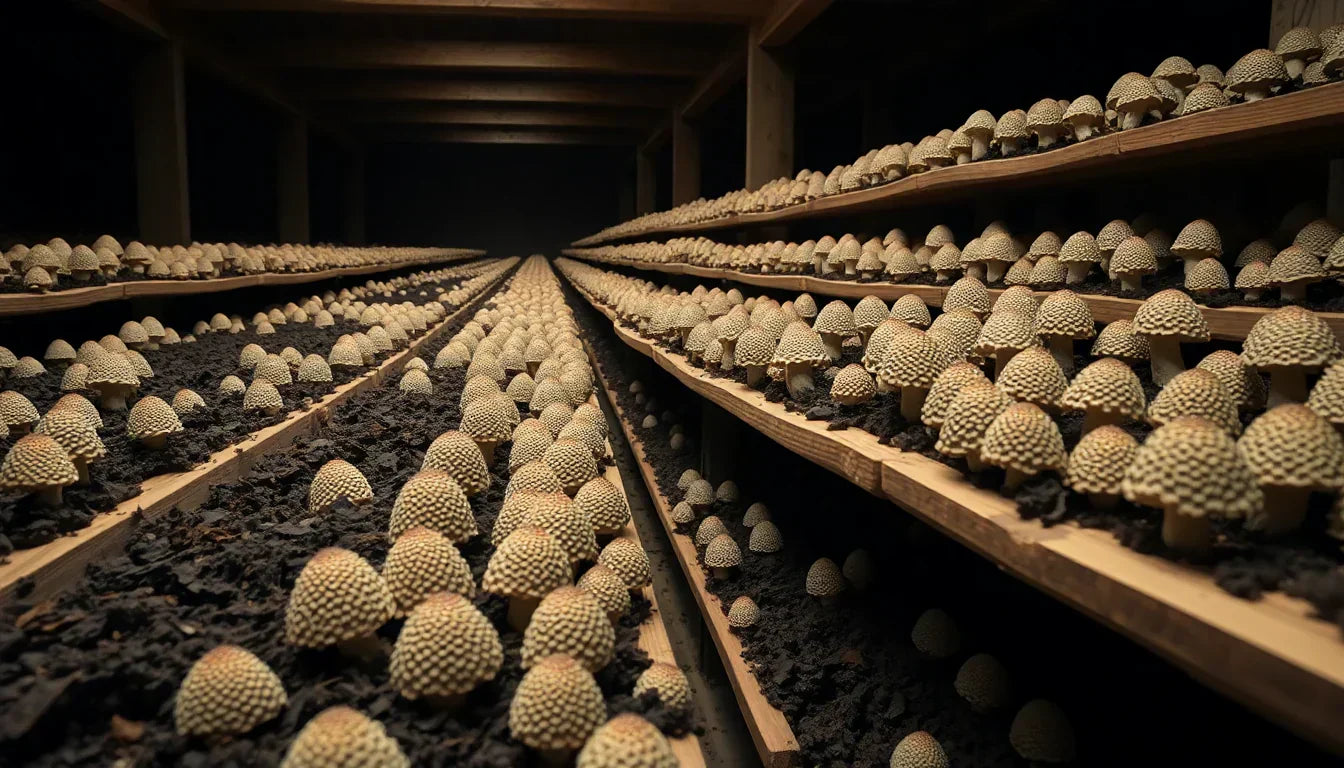
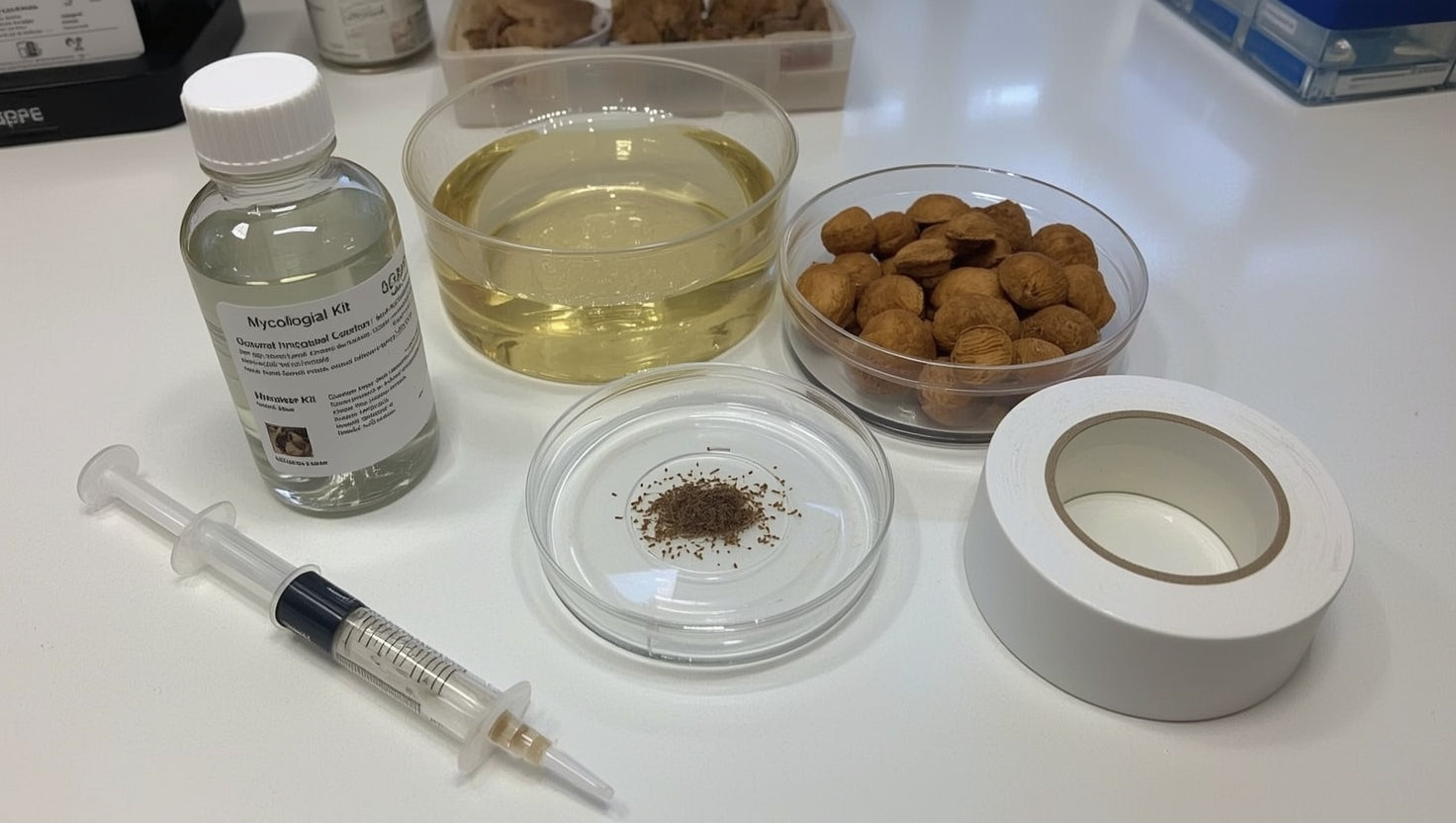
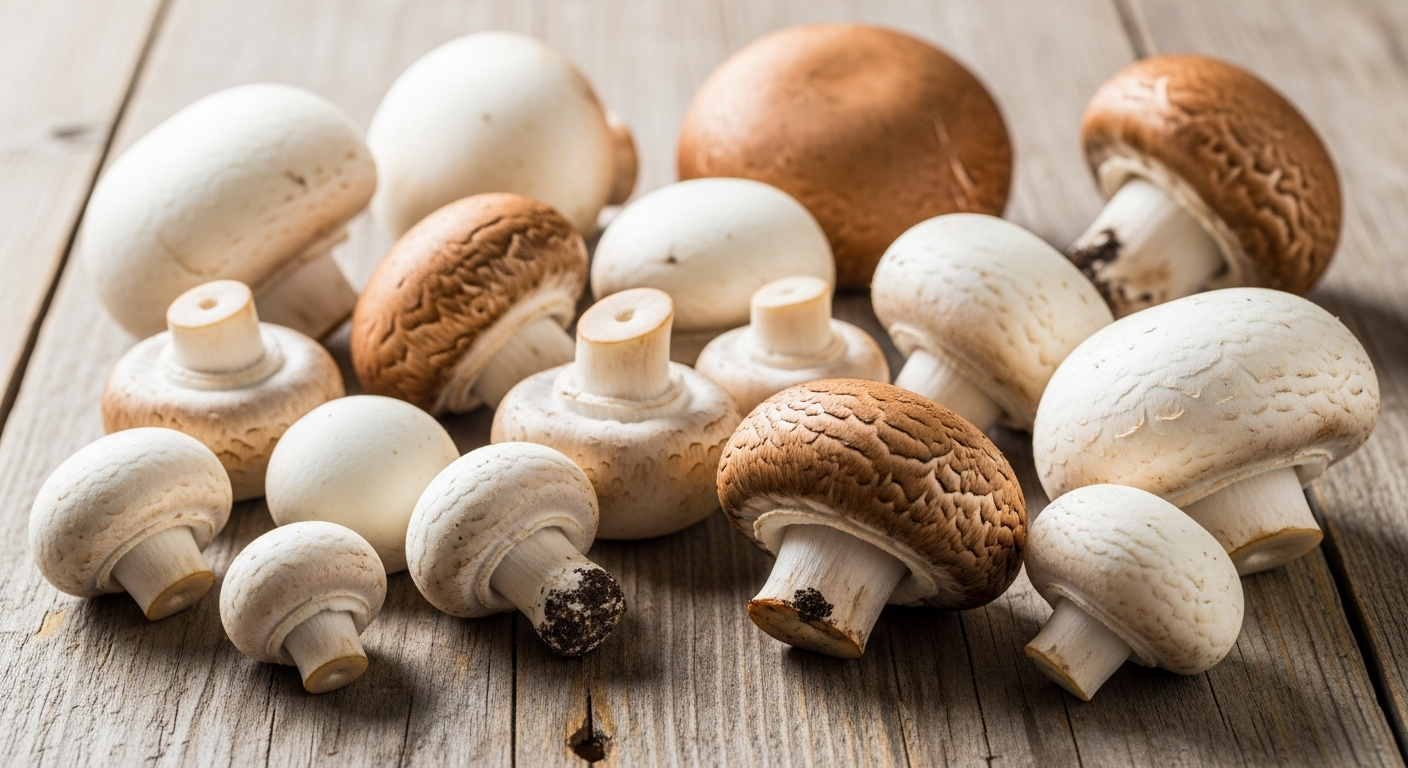
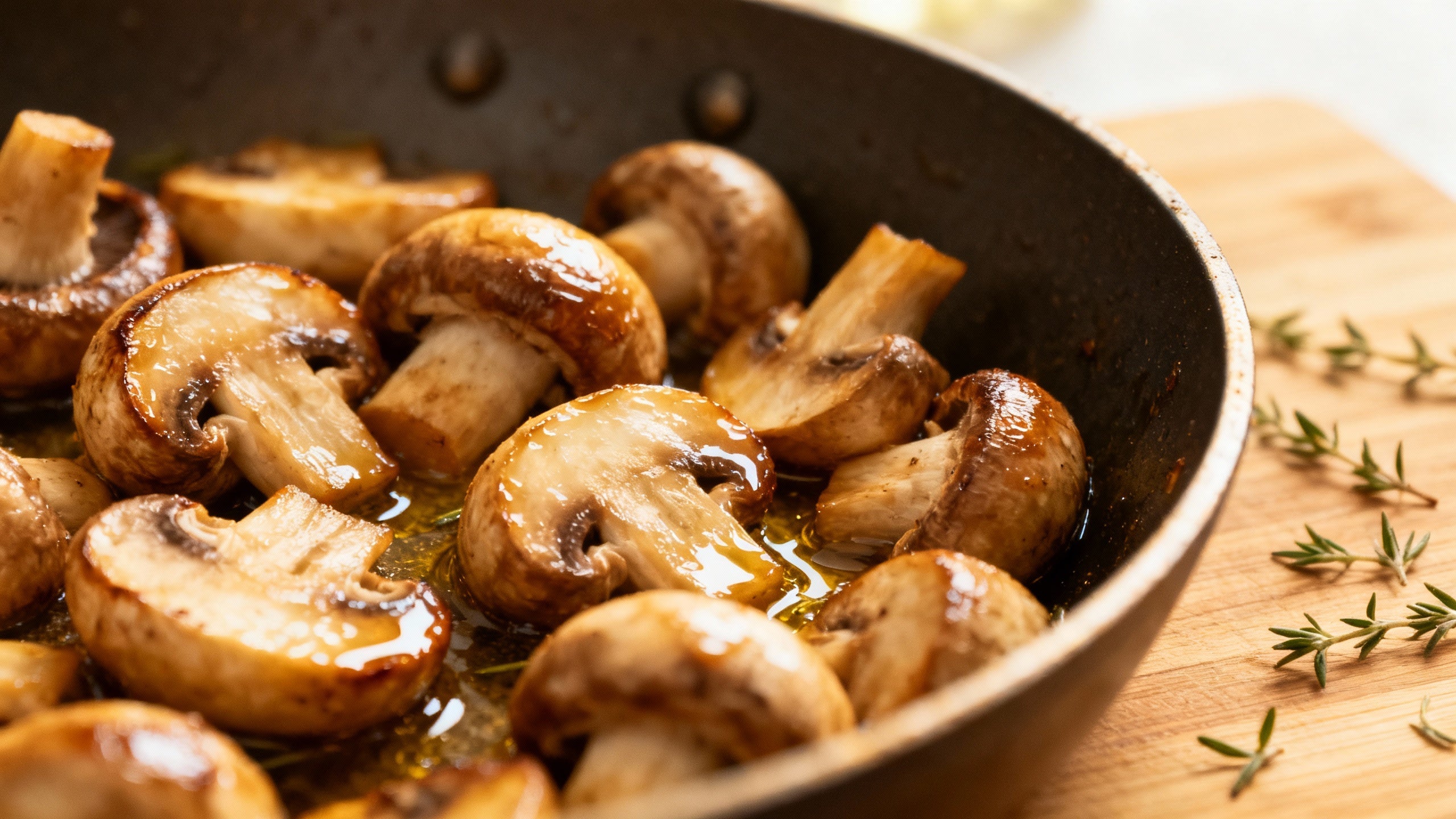
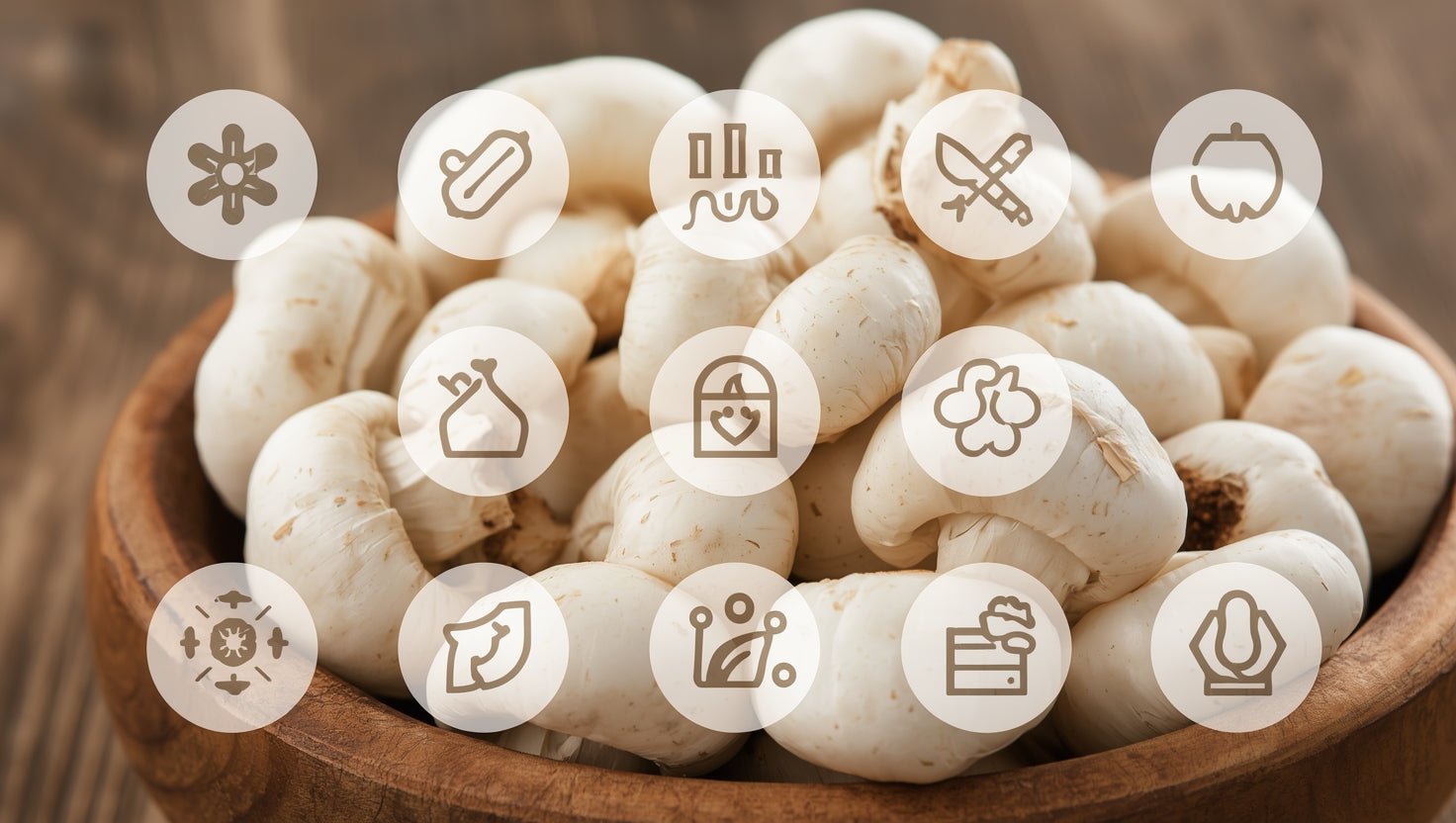
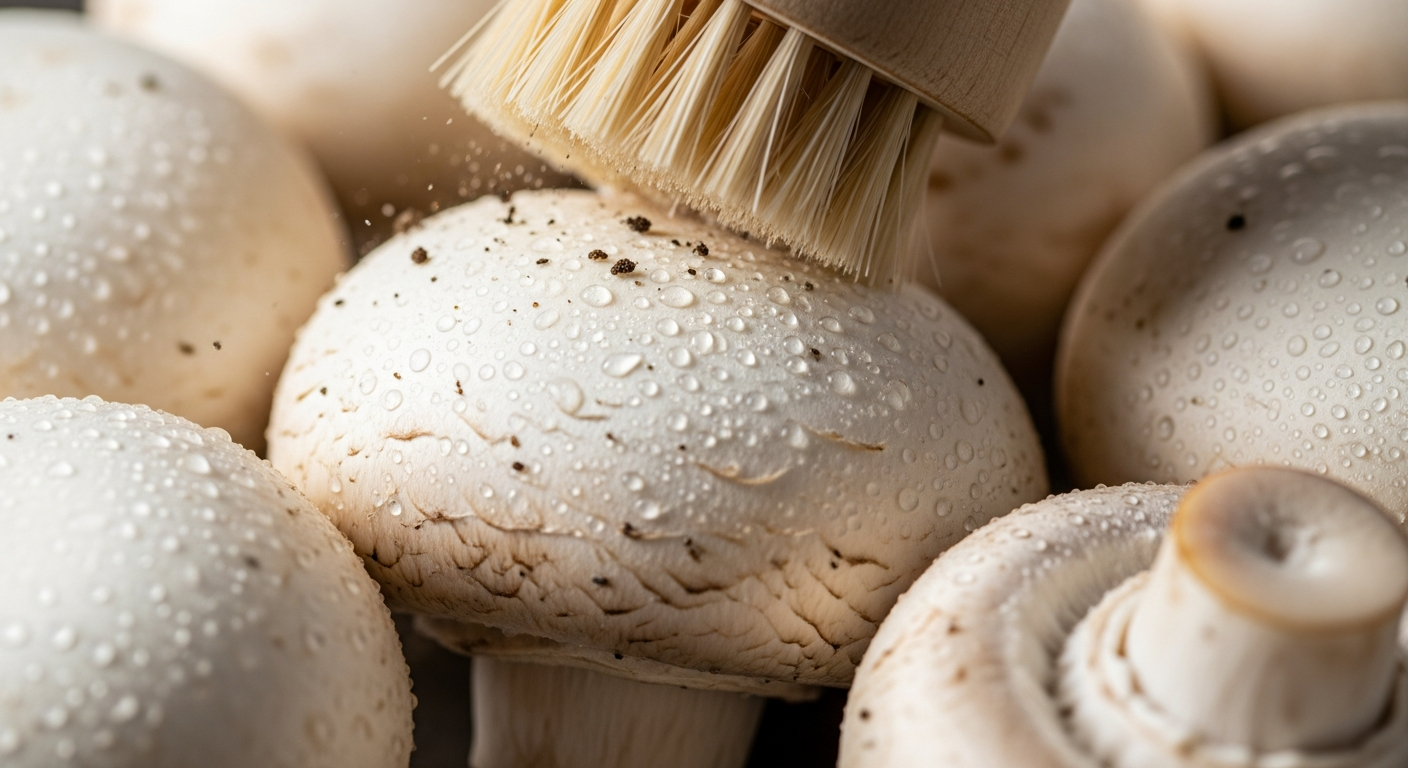
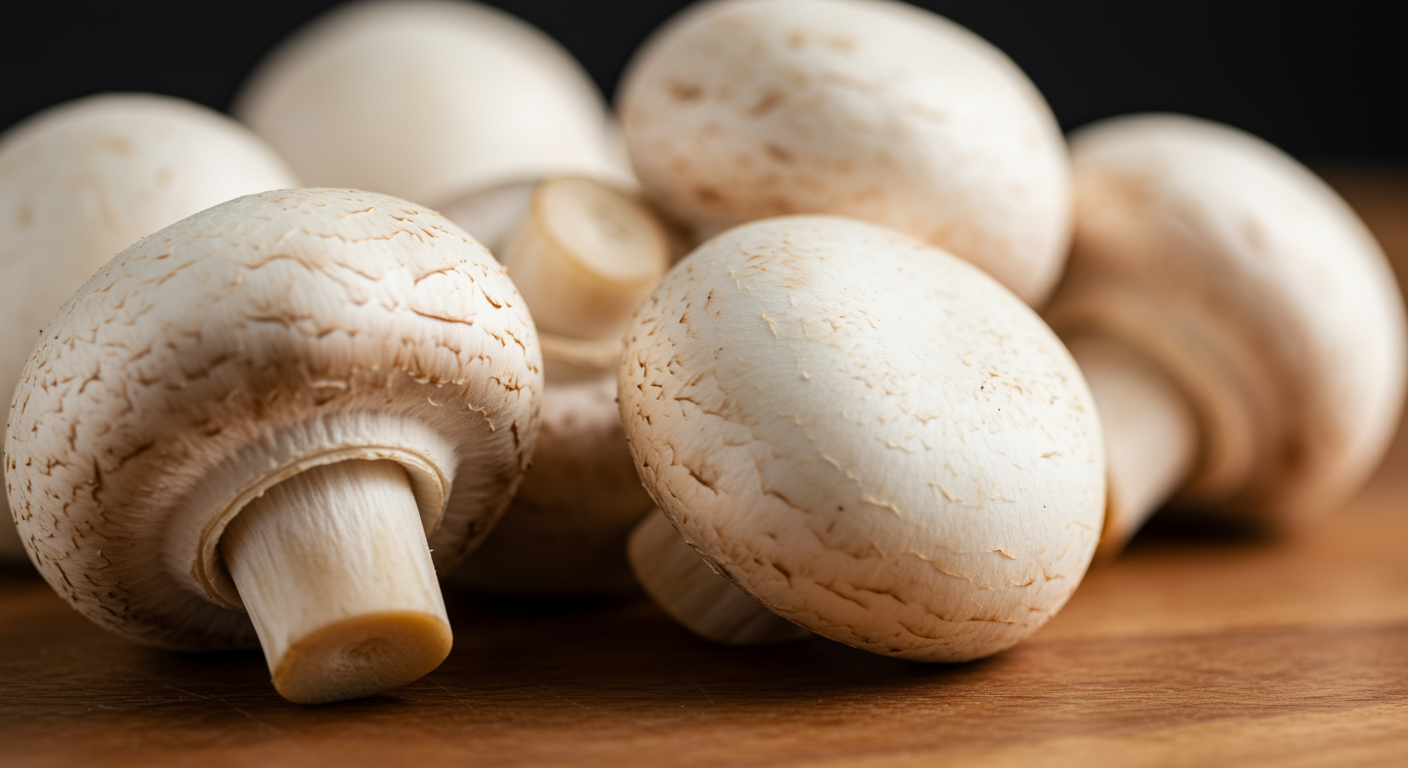
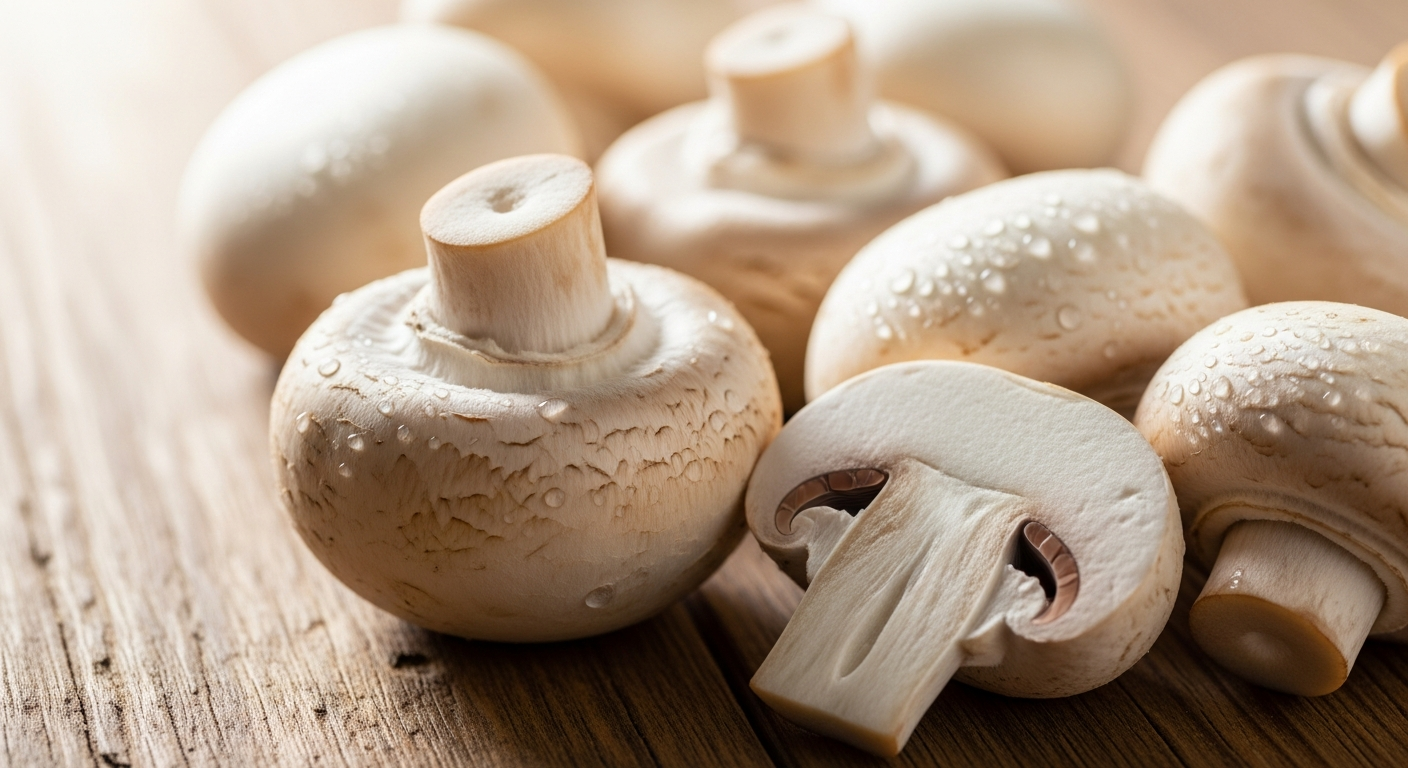
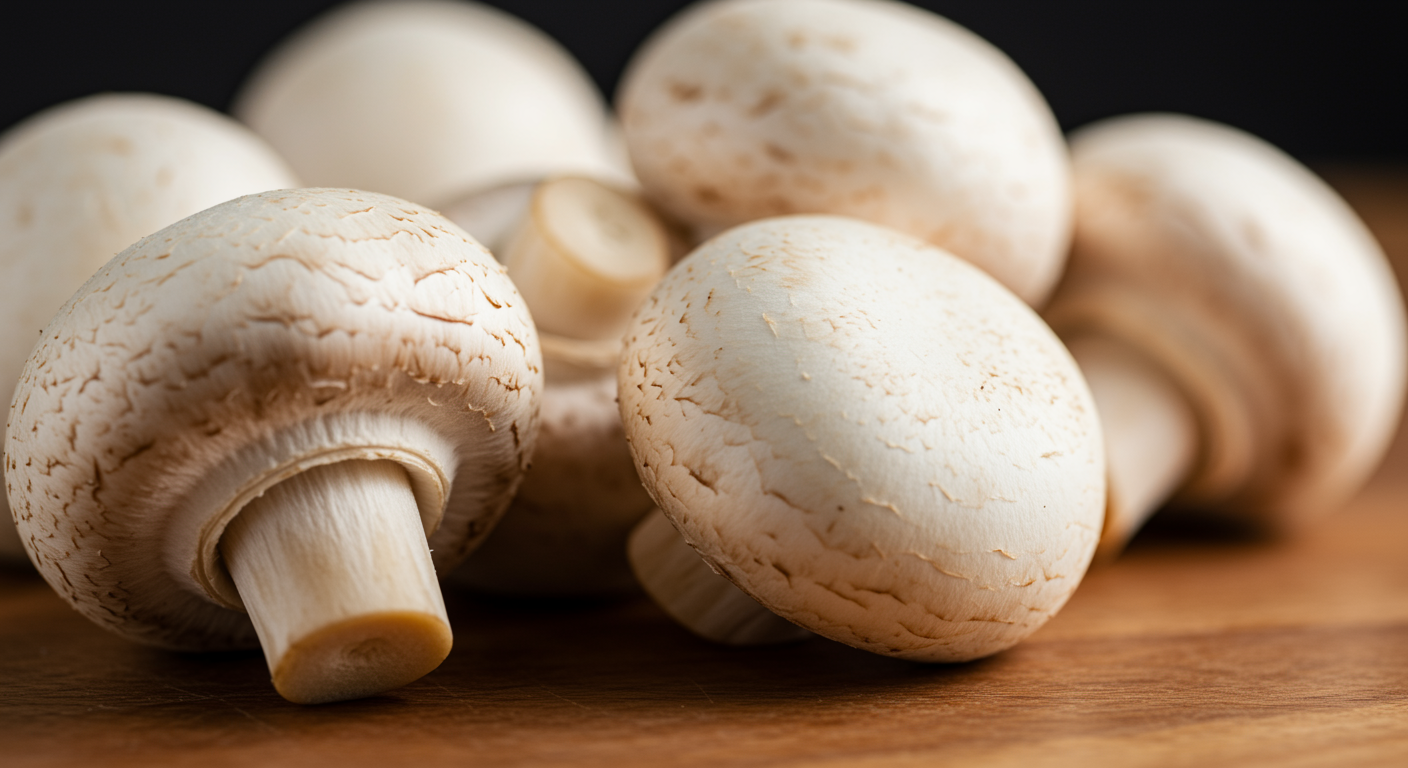
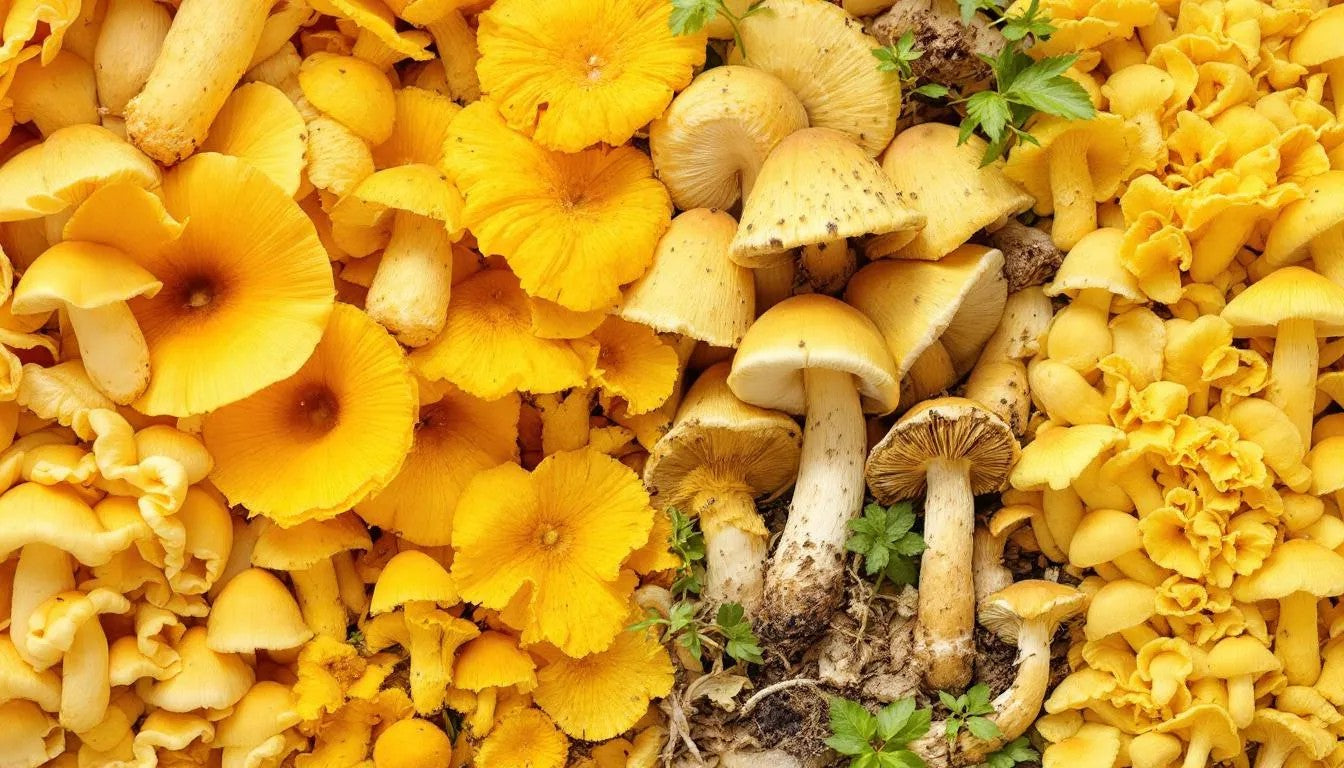

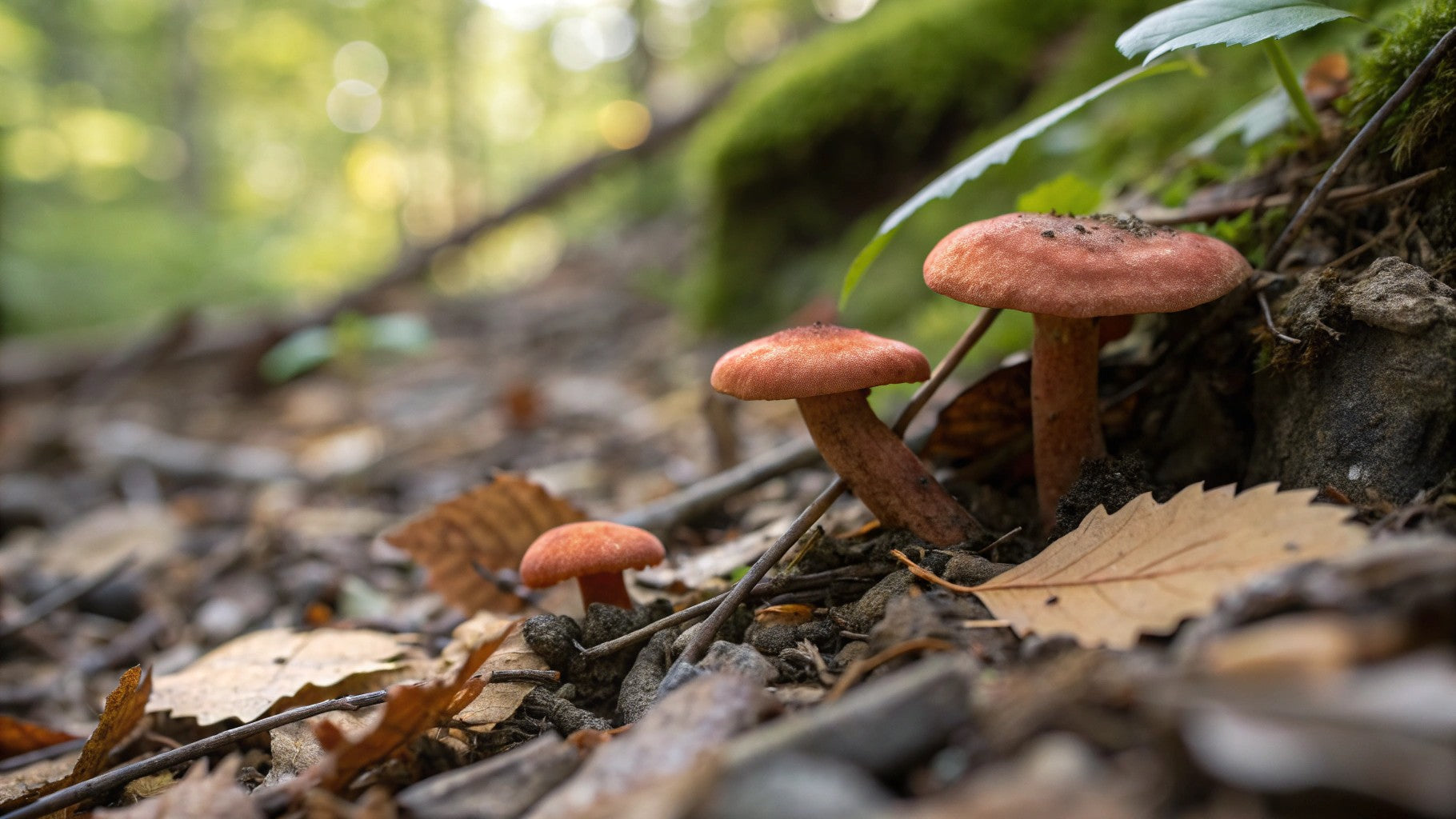
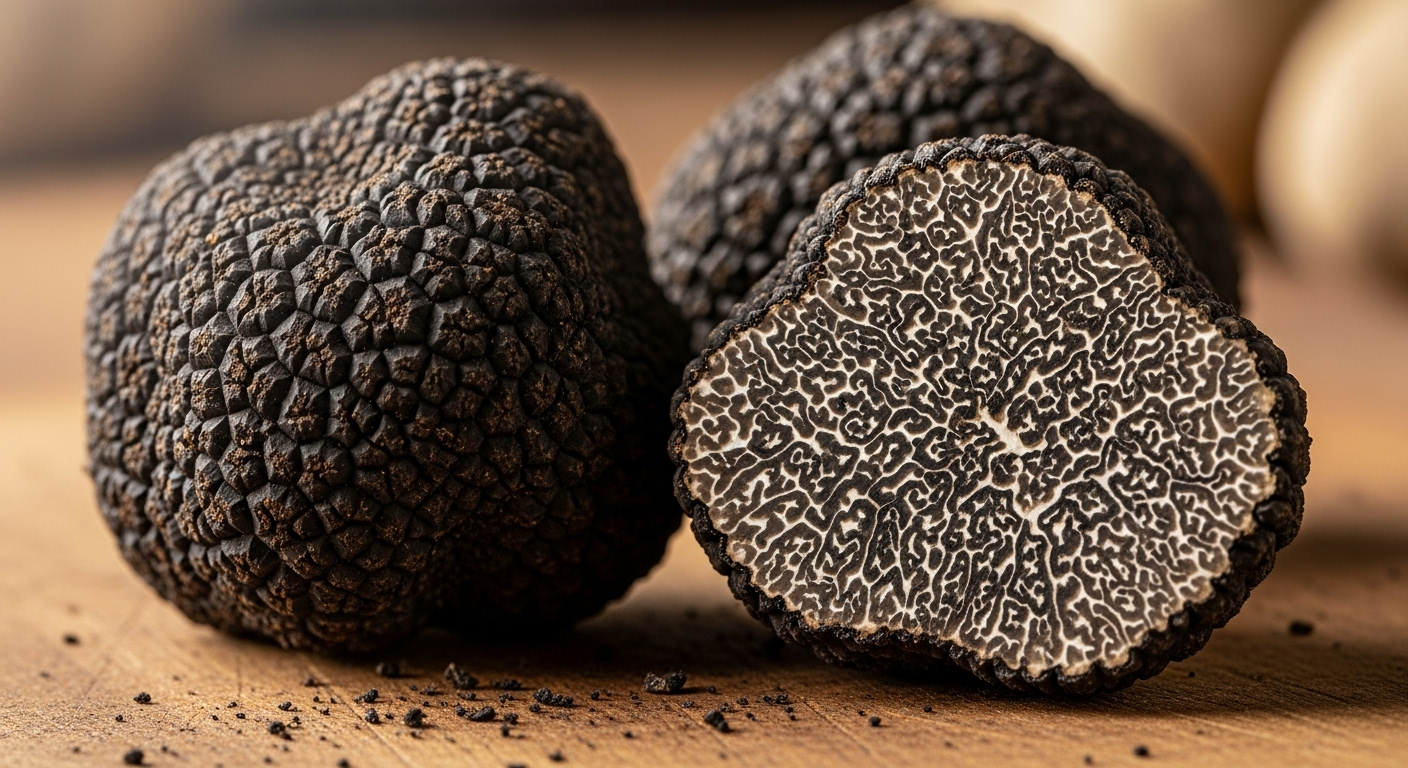
Share:
Can Dogs Eat Morel Mushrooms? A Guide for Pet Owners
Morel Mushroom Nutrition Facts: Revealing the Health Benefits of Nature’s Gourmet Fungi